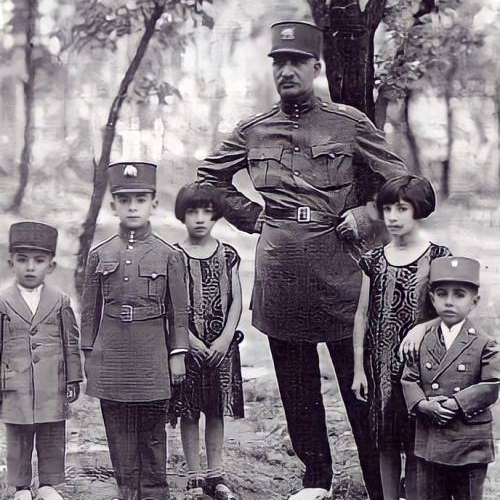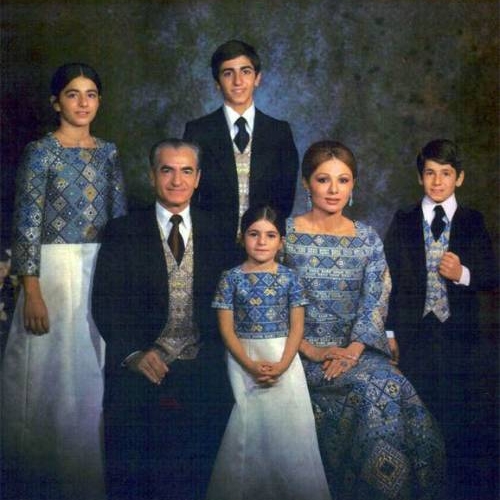The Pahlavi dynasty in Iran, led initially by Reza Shah and later by Mohammad Reza Shah, embarked on ambitious modernization efforts, including infrastructure development, educational reforms, and initiatives for women's rights, with the aim of transforming Iran into a modern nation. This period, beginning in 1925 with Reza Shah Pahlavi and concluding with the Islamic Revolution in 1979, marked significant changes in various spheres.
During the Pahlavi era, Iran underwent profound economic and infrastructural modernization, with projects dedicated to industrial and infrastructural development, focused on economic diversification.
The Pahlavi family placed great importance on strengthening the armed forces, reinforcing the army, navy, and air forces to enhance the country's security and defense.
Concurrently, efforts were invested in modernizing transportation, with a particular focus on Iran Air, the national airline, contributing to improved connectivity between Iran and the rest of the world.
During the Pahlavi era, the passport gained greater significance, allowing Iranian citizens to travel more freely. Iranian universities were strengthened, attracting international students and promoting the global dissemination of knowledge, including through study abroad programs.
The Pahlavi era witnessed an overall increase in wealth, with the Rial as the country's currency.
Despite the successes, Iran under the Pahlavis maintained its position as one of the leading oil exporters, making a significant contribution to the national economy.
In summary, the Pahlavi era was associated with a phase of modernization and substantial changes that shaped 20th-century Iran.

